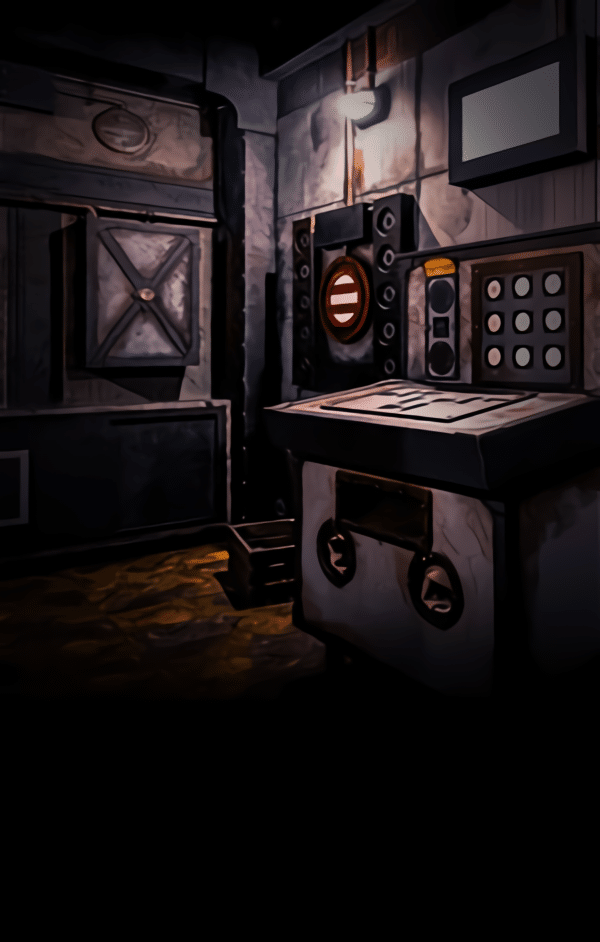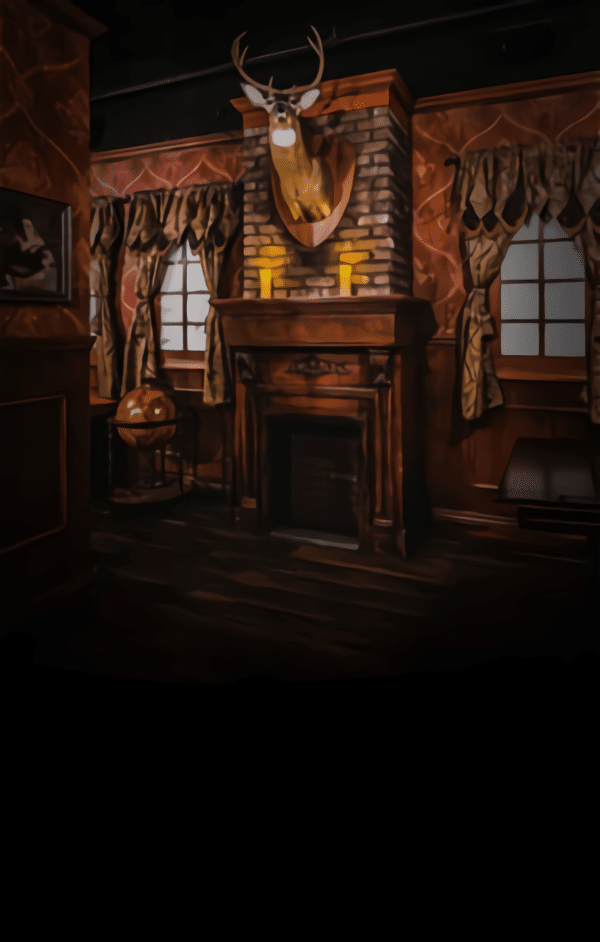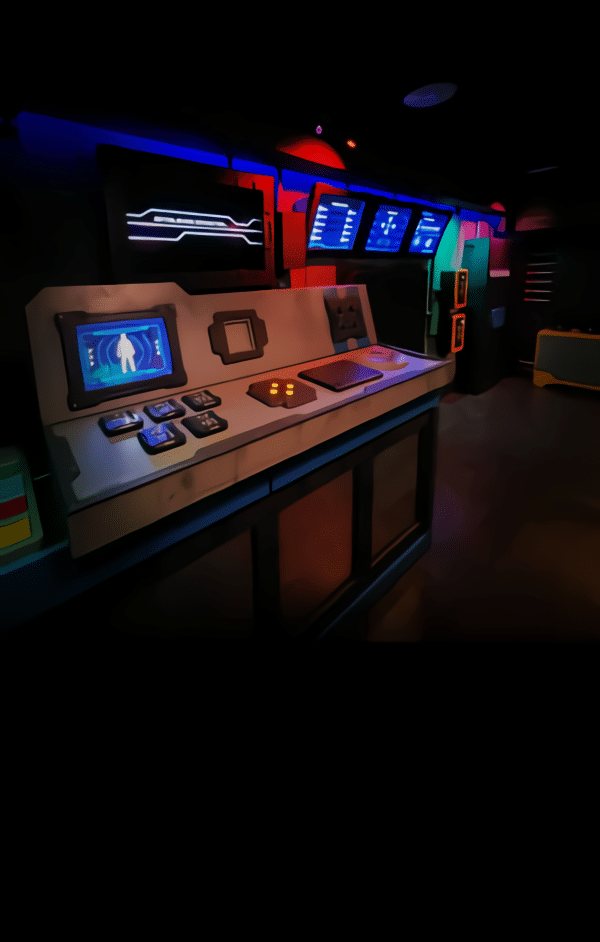Immersive Storylines That Mirror Real-Life Scenarios
At escape room NYC mission escape game, every challenge is crafted to simulate intense, realistic situations where quick thinking and teamwork are essential. These experiences go beyond simple puzzle-solving—they create lifelike environments that draw players into thrilling narratives. Whether you’re trying to stop an apocalypse in End of Days or uncover dark secrets in Hydeout, each game offers realistic emotional stakes and pressure similar to real-world problem-solving scenarios.
These storylines immerse participants in environments designed to replicate real crises, demanding logic, communication, and strategy. From dimly lit laboratories to eerie hideouts, the sense of urgency feels genuine. Each puzzle is integrated into the storyline, creating a believable progression that mirrors real investigative or survival experiences.
By merging authentic set designs with high-stakes storytelling, these games place players in the middle of situations that feel like cinematic adventures come to life.
Realistic Set Designs and Environments
Mission Escape Games – NYC is renowned for its attention to environmental detail. The sets are not merely decorative—they are fully interactive spaces built to enhance the realism of each scenario. Every room is designed with an architectural flow that allows participants to navigate spaces naturally while discovering clues and interacting with props that respond realistically.
Lighting, sound effects, and tactile components work in harmony to evoke true-to-life atmospheres. For instance, dim emergency lighting during a crisis-themed game enhances immersion, while faint ambient noises mimic real-world surroundings. These details make the players forget they are inside a game room and instead feel as if they’re part of an unfolding real-life mission.
This level of craftsmanship elevates the challenge, as it requires both observation and adaptability—the same skills used in actual high-pressure situations.
Emotional Engagement and Psychological Realism
One of the core elements that make these games simulate real-life situations is the psychological immersion. The experiences are designed to provoke real emotional responses such as tension, excitement, curiosity, and accomplishment. Games like End of Days A & B push players to make time-sensitive decisions under pressure, replicating the feeling of managing a crisis.
The emotional engagement drives collaboration among team members. Participants experience moments of confusion, discovery, and triumph together, just as they would in a genuine high-stakes environment. The thrill of unlocking a complex mechanism or finding a hidden object often sparks adrenaline comparable to real investigative or rescue efforts.
This psychological realism transforms the escape room into more than entertainment—it becomes a shared human experience rooted in genuine problem-solving dynamics.
Skill Development Through Real-Life Simulation
The immersive design of Mission Escape Games – NYC also serves a deeper purpose: it develops valuable real-world skills. These challenges enhance communication, teamwork, and adaptability under stress. As players navigate through time-bound puzzles and coordinate strategies, they practice skills applicable to work, leadership, and crisis management.
Each game requires participants to assign roles, make decisions, and trust each other’s judgments—just like in professional environments that demand collaboration and critical thinking. Players quickly learn that calm reasoning and clear communication are more effective than impulsive reactions.
By incorporating such realism, escape rooms simulate not just physical scenarios but also the psychological and behavioral aspects of real-life problem-solving.
Technology Integration for Authentic Experiences
Technology plays a major role in achieving realism at Mission Escape Games – NYC. Advanced mechanisms and sensors are integrated into the gameplay to simulate lifelike cause-and-effect interactions. Hidden triggers, motion sensors, and digital feedback loops make players feel as if their actions directly impact the unfolding scenario.
For example, a motion-sensitive door might open only when a specific sequence is completed, replicating the logic of operating real-world security systems. Other puzzles might involve deciphering digital codes, manipulating control panels, or using communication devices to coordinate with teammates.
This seamless fusion of technology and storytelling makes the experience feel organic and modern, aligning with real-life problem-solving situations in technological environments.
Thematic Variety Reflecting Different Real-World Scenarios
Each of the available games at Mission Escape Games – NYC represents a distinct type of real-world scenario.
| Game | Real-Life Situation Simulated | Experience Focus |
|---|---|---|
| End of Days A | Crisis response and survival | Strategy, teamwork under pressure |
| End of Days B | Post-apocalyptic mission | Critical thinking, decision-making |
| Hydeout | Detective investigation | Observation, deduction, and logic |
| Carbon: 3708 | Futuristic mystery | Analytical reasoning and innovation |
This variety allows players to choose their challenge based on the type of experience they want—whether it’s investigating crimes, surviving disasters, or solving futuristic mysteries. Each game simulates a specific form of real-life challenge, making them diverse and replayable.
The Role of Team Dynamics in Realistic Experiences
Real-life problem-solving rarely happens alone—and neither do the escape room missions. Team dynamics are a central part of the realism at Mission Escape Games – NYC. Success depends on communication, leadership, and mutual trust.
The rooms are designed to require simultaneous attention to multiple puzzles, pushing teams to delegate effectively. Players naturally fall into roles such as analyzers, searchers, or communicators. These evolving dynamics mirror the collaborative processes seen in emergency response teams or investigative units.
By encouraging teamwork under time constraints, the experience simulates how real groups must function cohesively when faced with intense challenges.
Balancing Fun and Authenticity
While realism is a key feature, the goal remains entertainment. The designers at Mission Escape Games – NYC masterfully balance tension with enjoyment. The games provide immersive realism without overwhelming players with stress or discomfort.
The thrill comes from feeling capable within the challenge, not just surviving it. By blending authentic design with approachable gameplay, the rooms offer both immersion and satisfaction. This balance keeps the experiences accessible to first-timers while still thrilling for seasoned players seeking depth.
Continuous Evolution and Realism Enhancements
Mission Escape Games – NYC continuously updates its rooms to maintain freshness and realism. New technology, refined storytelling, and evolving puzzle mechanics ensure that players encounter ever-improving simulations.
Each update enhances immersion—whether through improved lighting control, realistic sound design, or advanced mechanical puzzles. This dedication to evolution keeps the experiences dynamic, mirroring the ever-changing nature of real-life challenges.
It also allows repeat visitors to face new versions of familiar scenarios, maintaining excitement while deepening engagement with each visit.
Conclusion
Mission Escape Games – NYC brings the thrill of real-life simulation to the heart of New York City. Each escape room is a finely tuned experience designed to test logic, communication, and composure in scenarios that feel tangibly real. Through immersive storytelling, advanced technology, and authentic design, players are transported into living, breathing situations that challenge both intellect and emotion.
Whether you’re diffusing a crisis, uncovering a dark mystery, or surviving futuristic chaos, these games provide a unique opportunity to experience the intensity and satisfaction of solving real-world problems within a safe, thrilling environment.
Frequently Asked Questions
1. Are there escape room NYC mission escape game experiences that simulate real-life situations?
Yes, the escape rooms are designed to immerse players in realistic scenarios such as crisis management, detective work, and survival missions. The settings, puzzles, and storylines replicate real-life challenges that require teamwork, strategy, and critical thinking.
2. Which escape room offers the most realistic environment?
End of Days A and Hydeout are often considered the most immersive, offering environments that closely resemble real crisis and investigative settings.
3. Do these escape rooms help improve real-world problem-solving skills?
Absolutely. Players practice communication, decision-making, and analytical reasoning—skills that directly translate to workplace and everyday problem-solving situations.
4. Are the escape rooms safe despite their realistic feel?
Yes, all rooms are designed with player safety as the top priority. Realistic effects like lighting and sound are used responsibly to create immersion without risk.
5. Can groups replay the same room for a different experience?
Yes, even though the puzzles remain consistent, team dynamics and player roles can make each replay feel different. Some rooms also receive updates to keep them fresh and engaging.







